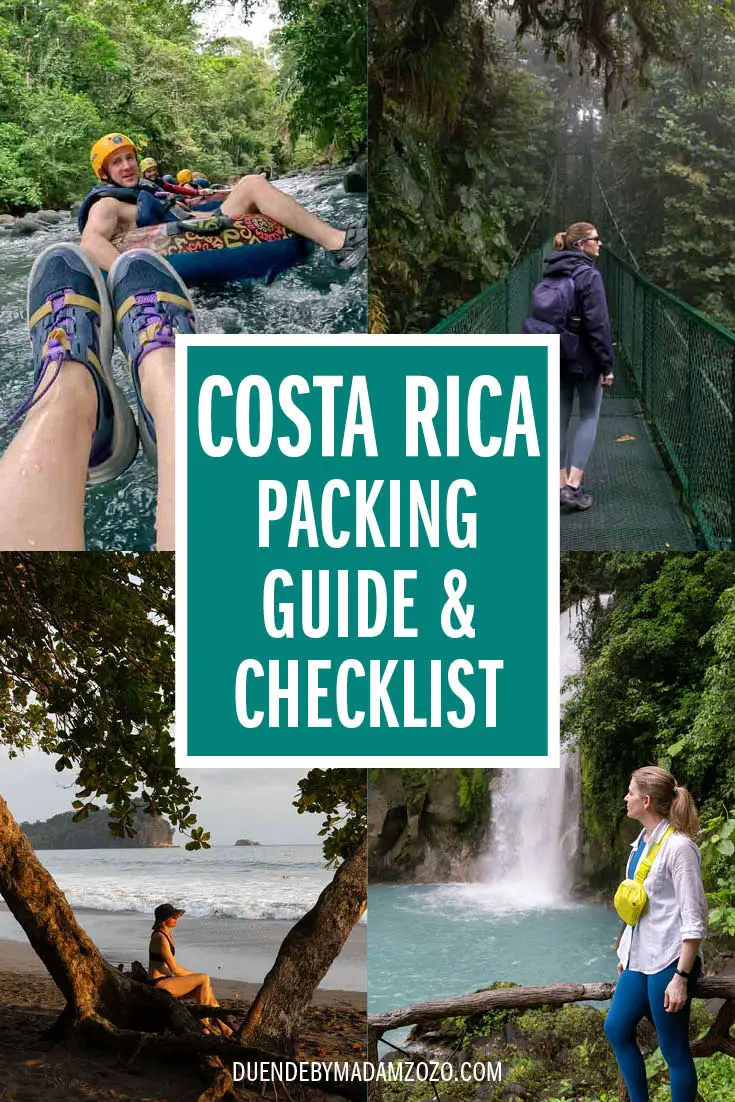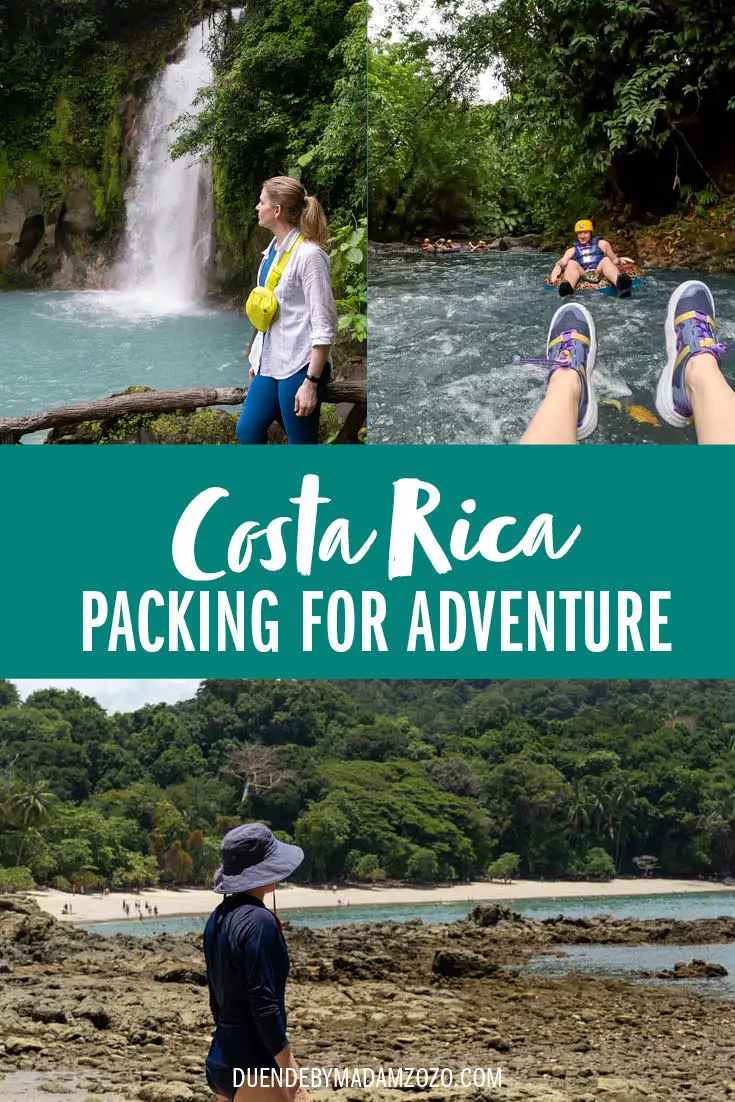If you’re wondering what to wear in Costa Rica, we’ve got a packing guide and printable checklist to ensure you don’t forget any essentials. Costa Rica offers so many fun and adventurous activities, from zip lining to surfing, it can be difficult to know what you should pack. Don’t sweat it, we’ve got you’re your comprehensive, all gender Costa Rica packing guide with a printable checklist. Pura vida!
Disclosure: I may earn compensation from the purchase of any product or service linked on this website, at no extra cost to you. I only link to products I use and love, therefore feel comfortable recommending.
Table of contents



General notes on what to pack on a Costa Rica
Climate
For such a small country, Costa Rica experiences notable variances in its climate from region to region. Although, it is generally a tropical climate, Costa Rica’s weather patterns are influenced by its topography as well as the two oceans that hug its sides.
Several mountain ranges string together along a northwest to southeast axis, dividing the country in two. On one side you’ll find the Pacific Ocean coast and on the other is the Caribbean. Each of these coasts experience different climatic conditions, as do the mountains that separate them. Let’s look at each region more closely.
Pacific Coast
The Pacific side of Costa Rica has distinct wet and dry seasons, which become more pronounced the further north you go. Dry season runs December to March, with temperatures ranging from 22-35°C (71-94°F). While wet season or “Green Season”, is May through October with temperatures of 23-33°C (74-92°F). March is the hottest and driest month while September-October are the wettest. April and November are brief transition seasons. Rain on the Pacific coast occurs in short bursts, mostly in the afternoons.
Caribbean Coast
The Caribbean side has less distinct wet and dry seasons, as rain occurs throughout the entire year, varying slightly. The wettest period is November to January, followed by May to August. December is the rainiest month. Rain occurs mostly through the night and in the morning. Temperatures are more consistent with a range of 21-31°C (70-87°C). Hurricane season is technically June – November, but Costa Rica is usually spared direct impact.
Central Valley
The Central Valley where the capital, San Jose is located, has a more temperate climate. San Jose, at an altitude of 1100-m (3600-ft), has a temperature range between 18-28°C (64-83°F) throughout the year. December through April are relatively dry, and May-October receive significantly more rainfall.
Mountains
Higher up on the mountaintops and in the cloud forests, such as Monteverde, humidity is ever present. Temperatures range fairly consistently from 18-29°C (64-84°F) throughout the year. April is the warmest month, and January is the coolest. May through October are wet. The rains taper from November through December and precipitation is low in January through April.

Activities
Waterfall rappelling, ziplining, waterfall chasing, tubing, surfing, hiking and more! Costa Rica is a travel destination know for its offering of outdoorsy pursuits. When you’re packing for Costa Rica, consider any specific activities that may require particular clothing and shoes. Below are a few common ones. Also, check out our favourite Costa Rica activities here.
What to wear waterfall rappelling or canyoning
Due to the nature of the harness you’ll be wearing, long shorts, three-quarter pants or leggings are the most comfortable. You will get wet, so quick-dry fabrics are preferrable, you don’t want to be weighed down by a fabric that absorbs a lot of water e.g. cotton. You should also wear sneakers or water shoes with a thick, grippy sole. If you choose sneakers, be prepared for them to take several days to dry out in the tropical humidity. A strap to keep your sunglasses or prescription glasses secure is also a good idea.
What to wear ziplining
Ziplining is another activity that requires a harness around the hips and upper legs. Like rappelling, wear longer shorts or pants/leggings that are fitted but allow flexibility and movement. In the Costa Rican jungle, mosquitos and other bitey bugs can be an issue and longer length pants can help protect your legs. Also make sure you bring your insect repellant. You can generally take a small backpack or crossbody bag ziplining to keep your essentials. Anything else will usually need to go in lockers provided.
What to wear rafting
The best clothing to wear white water rafting in the tropics is a quick-drying shirt and shorts or leggings. Wearing a swimsuit under your clothes is optional, but helpful if you’re planning a post-raft swim. A rashguard makes an ideal top.
Similar to rappelling, sturdy water shoes, that are well-fitting with a grippy tread, are a safe and comfortable choice. Those who wear prescription glasses or can’t go without sunglasses should have a strap to keep them secure. Rafters will be wearing a helmet, but you might also want a hat underneath for sun protection. Make sure it has a soft brim that won’t cause injury if you were to get thrown around.
What to wear tubing
Swimwear or quick-dry clothing with sun protection is the winning combination for tubing. You will be getting wet, but not likely to be submerged unless you go for a swim. Sun protection is paramount – there usually isn’t too much shade in the middle of a river. A wide-brim hat with a secure strap is also an essential. You’re legs will get a lot of sun exposure sitting in the tube, so shorts and sunscreen are a must!
What to wear surfing
They don’t call it a rash vest for nothing! It’s also great as sun protection. Make sure you wear a secure swimsuit surfing, or you’ll spend half the day making sure you’re still appropriately covered.
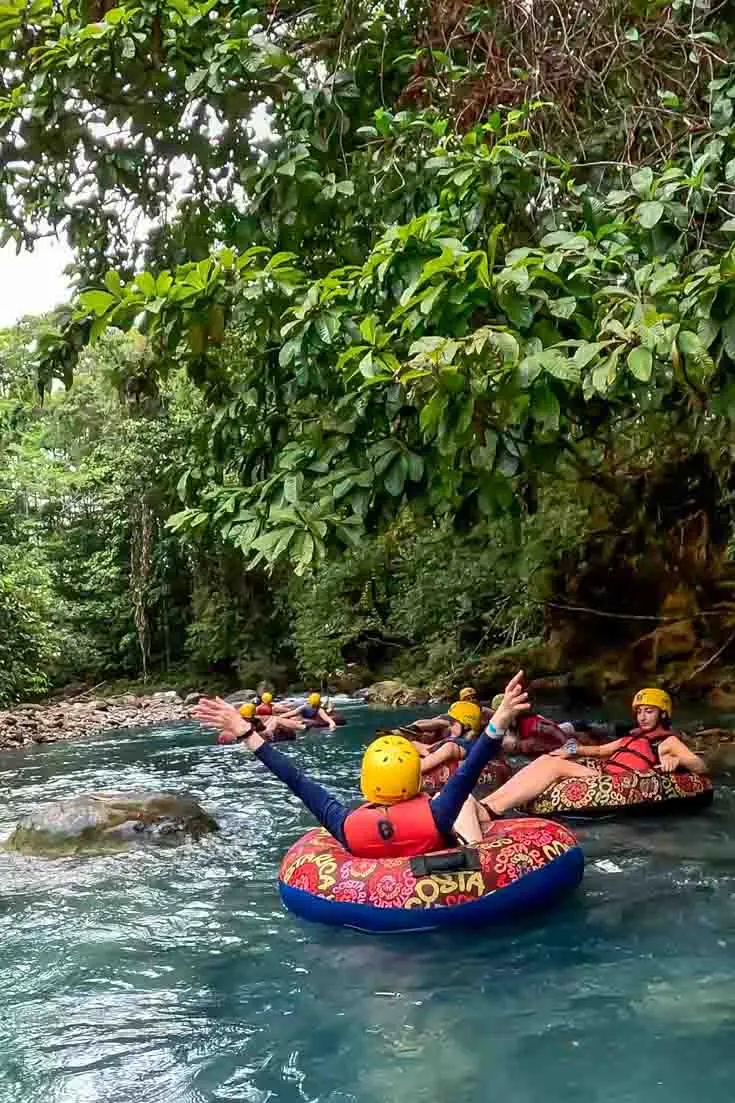
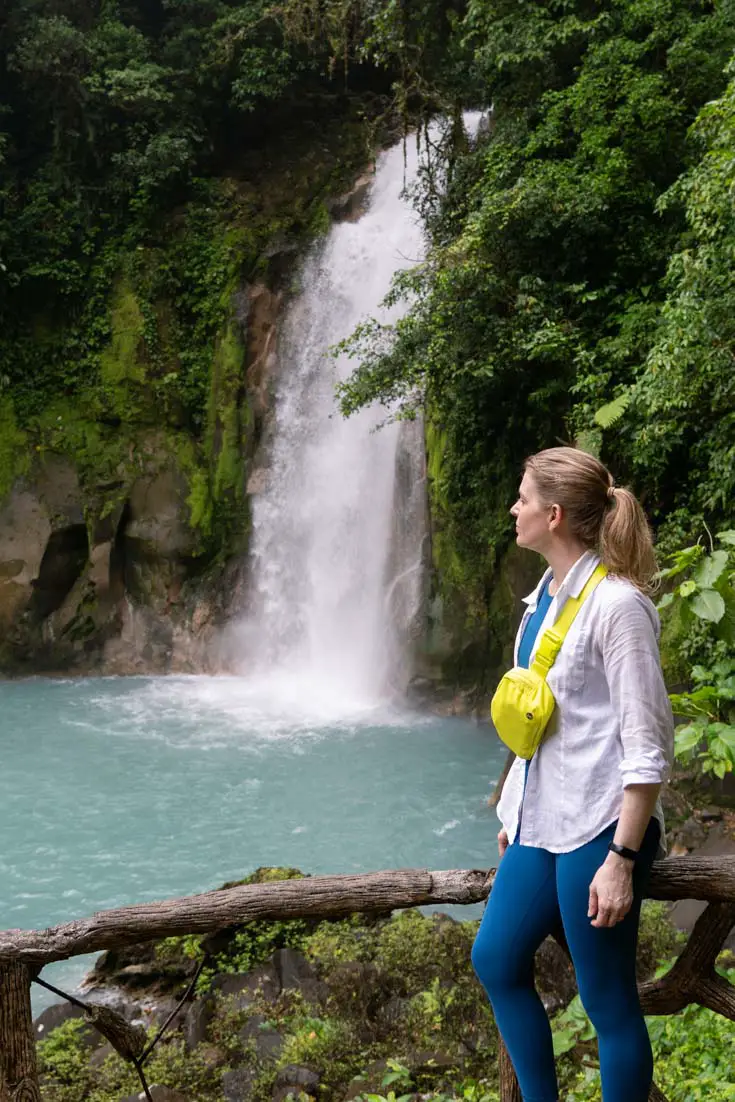
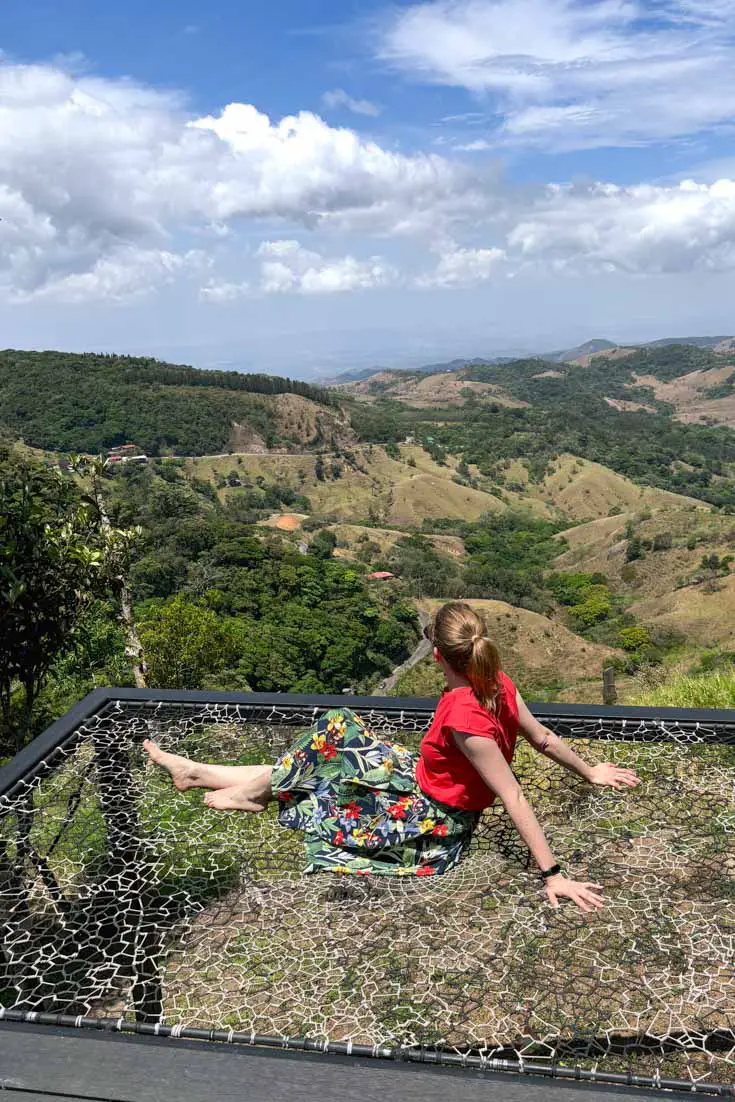
Currency
The official currency of Costa Rica is the Colón (CRC). US dollars in small denominations (under $20) are also readily accepted in popular tourist areas. However, its important to note you won’t get a great exchange rate and but you will receive change in Colónes.
Credit card payments are also widely accepted. You should, however, also have some cash to cover incidentals and purchases at small, local businesses. To get the best exchange rates, use ATMs to withdraw local currency or spend USD at bigger retails knowing you’ll get Colónes for change. Beyond that, its safest to go to a local bank.
Tip: Always confirm whether the price given for something is in USD or CRC, to avoid in scammy switcheroos.
Electronics
If you’re planning to take any kind of appliance or electronics to Costa Rica, note that electricity is supplied at 120-V, 60-Hz. Plugs and sockets are Type A and B (the same as the North America).
Depending where you are travelling from and what kind of appliances you are bringing, you may need an international adapter and or converter. They are different – make sure you know which is which. Generally, modern phones, tablets and laptops are made for both 110V and 220-240V, but always check beforehand.
Environment
Over 25% of Costa Rica is protected as national parks, reserves and wildlife refuges. Furthermore, the country has been working to reduce its consumption of single-use plastics. In fact, some National Parks will search your pack before you enter to make sure you don’t have any single-use plastics and other banded products. This makes a reusable water, a Costa Rica essential. You can find tips on minimizing the single-use plastics you pack for Costa Rica in these guides:
8 Essential Eco-Friendly Travel Products
5 Steps to More Sustainable Travel.
Fabrics
A tropical climate calls for lightweight, breathable fabrics. Usually, I’m a proponent of natural fabrics such as cotton, linen and hemp. However, if you’re partaking in some of the adventure activities above, you’re going to need more athletic or technical gear. Performance fabrics that are durable with moisture-wicking and quick-drying properties, are ideal.
Health
There is a risk of insect-borne diseases such as Dengue Fever, Zika Virus and Malaria in tropical destinations like Costa Rica. Pack an insect repellent that contains recommended amounts of DEET, picaridin or other scientifically proven product e.g. RID Tropical Strength or OFF Deep Woods.
Cover up especially at sunrise and sunset when mosquitoes are known to feed, as well as when exploring tidal areas such as Manuel Antonio National Park. There is also some evidence that mosquitos may be attracted to certain darker, bolder colours. Therefore, wearing light, neutral-coloured clothing may also be of benefit.
See the CDC’s Travel Page for Costa Rica for vaccine recommendations and other health considerations.
Luggage
Small roller bags that are light enough for you to carry will work for Costa Rica. As long as you are capable and comfortable to carry them up and down stairs and on uneven surfaces. I recommend a backpack or duffel bag for mobility and convenience.
A smaller, foldable backpack or beach-bag style tote is a good day-bag options depending on your activities. A drybag may also be useful if you are doing any rafting, tubing or similar water-based excursions.
Security
Petty crime is the highest concern for tourists in Costa Rica, but not the only one. Leave any unnecessary jewellery and valuables at home. Consider taking a money belt or other secure pocket to stash your cash, passport etc out of sight and always within reach. Select secure accommodation and remember to lock doors and windows when you are away. Do not leave anything of value in your rental vehicle.
The Australian, Canadian and U.S. Government have issued recent travel advisories for Costa Rica indicating an increased risk and need to be vigilant. Check travel advisories before booking and departing for any destination. Get more travel safety and security tips here.



Costa Rica packing list
Travel documents
Passport – International travellers, ensure your passport has at least 6-months validity.
Yellow book and/or COVID-19 vaccination card – If you’ve ever visited a travel clinic, you’ve probably received an internationally recognized yellow book which records the details of your vaccinations. Carry this with you to all destinations along with your COVID-19 vaccination record.
Visa – Check if you need a visa for entry. This will depend on which country issued your passport and the length of your stay.
Itinerary, reservations and tickets – It is best to pack a paper copy of these items just in case internet is not available or your device battery goes flat. You can also opt to download a copy to your phone so you aren’t reliant on internet connection.
Travel insurance – Pack a copy of your travel insurance policy and emergency contact details for your insurer. I also program the insurers emergency international dialling number in my phone so it is ready to go—just in case. Don’t think you need it? Here’s several, recent examples where travel insurance has come to our rescue.
Basics
- Underwear, bras and socks – Remember, moisture-wicking and breathable!
- Sleepwear – Pack PJs that are cool and lightweight. A sleep mask and ear plugs may also be ideal for light sleepers.
- Shirts – If this is a strictly beach/pool trip you will spend most of your days in swimwear, so don’t go too heavy on other clothes—1 shirt for every 2 days might be enough. If you’re going to be hiking, sightseeing or other activities, pack one shirt per day.
- Shorts – 1 pair for every 2 days. I recommend shorts that will be cool, provide sun protection, and are comfortable for light walking (without chaffing).
- Leggings or zip-off, quick-dry khakis – Are good for more adventure travel involving activities such as tubing or hiking in tropical environments.
- Full-length pieces – 1-2 pairs of lightweight pants/ maxi skirt/ maxi dress to wear in the evening when it’s a little cooler, mosquitos are biting or when you’re in an air-conditioned space.
- Light jumper (sweater) – Mostly for mountaintop locations and air-conditioned spaces. Evenings in places like Monteverde (Santa Elena) can get quite cool overnight.
- Shoes – Sturdy water shoes, the kind that double as hiking shoes, are perfect for Costa Rica. They are perfect for rafting, rappelling and exploring waterfall plunge pools. Pack sandals or flipflops for beach time and evenings.
- Swimsuit – Choose a swimsuit appropriate for your activities. A string bikini may work for lounging by the pool but it’s not ideal for more vigorous adventures. Also, in the tropical humidity everything takes a longer time to dry out, so if you prefer to put on a dry suit in the morning pack two and alternate.
- Rashguard – Does what it says on the label, plus provides sun protection for watersports.
- Coverup – A sarong or other coverup to keep you sheltered from the sun.
Toiletries
- Deodorant
- Toothpaste and toothbrush
- Shampoo and conditioner
- Aloe vera after-sun gel
- Face wash/make-up remover
- Body wash
- Moisturizer
- Hair accessories (ties and pins)
- Menstrual products
- Razor and shaving cream
- Light makeup – See my post on travel makeup for how to pack your cosmetics and which products to look for.
- Laundry soap – A small cake of laundry soap, is good for washing underwear and socks in the hotel bath or basin if need be.
Gadgets
- International adaptor, ideally with a USB socket.
- Voltage convertor, if necessary.
- A camera and accessories including charger, spare batteries; SD cards; and tripod. Polarizing and neutral density filters for your DSLR would also be helpful for the harsh tropical light.
- A waterproof camera (or waterproof case for your phone) is a must for water activities.
- Phone and charger
- Portable power bank
Day bag/ beach bag
- Refillable water bottle
- Hand sanitizer and mask
- Bandana/cloth napkin/handkerchief
- Toilet paper in a ziplock bag to keep it dry
- Headphones
- First aid kit
- Medications and prescriptions
- Dry bag
- Secure wallet, money belt or bra pouch
- Medications and prescriptions
- Reading glasses
- Sunscreen with SPF 15+ or higher
- Lip balm with SPF 15+ or higher
- Insect repellent
- Hat
- Sunglasses
- Rain jacket or poncho
- Flashlight or headlamp
Miscellaneous
- Book
- Sketch pad and pencils/paint
- Tablet device
- Diary or notebook
- Playing cards or travel games

What I packed for Costa Rica
Here are the key items I packed for Costa Rica that deserve a special mention:
Solbari Resort Sun Hat – I like this hat for adventure travel because it has all the bells, whistles and chin straps you need to keep it on your head. Plus, if it gets wet, it won’t be ruined like a straw hat will – I speak from experience.
Sunscreen—Water resistant, minimum 30+ SPF sunscreen and lots of it. Plus, I pack makeup products and lip balm that also have SPF-rated protection. You can’t have too much.
A collared button-up—A classic piece that can worn as a top or layered over something else. The collar and long sleeves offer additional sun and mosquito protection when required. I love the crinkle fabric that always looks like it should.
Shirt dress—This simple, breathable dress in a forgiving crinkle cotton is my go-to for summers at home and tropical holidays. With rollable sleeves and a collar, its great as sun protection, plus the light fabric and loose fit works as a swimsuit coverup.
Rashguard—My rashguard has saved my hundreds of litres of sunscreen, and hours applying it. Quick dip? Sure! No longer do I spend 20-minutes applying sunscreen to every inch of my pale skin and then wondering if I missed a spot. Only to return an hour later to spend another 20-minutes scrubbing it off. One rashguard solves it all!
Sunglass retainers—You might also know them by the brand name Croakies. I can’t tell you how much I wish I’d bought these 10-years ago. I’m someone who can’t tolerate bright light very well – I squint even on cloudy days—so I never go anywhere without sunglasses. I definitely wasn’t going to be outdoors in the tropics without them. Sunglass retainers kept my glasses secure through ziplining (superman-style), rappelling down waterfalls and tubing some reasonable turbulent rapids.
I hope this Costa Rica packing list helps you to feel less stressed, and a little more “pura vida” for your time in the sun. If you have any feedback, please let me know in the comments below.
Peace, love and inspiring travel,
Madam ZoZo

